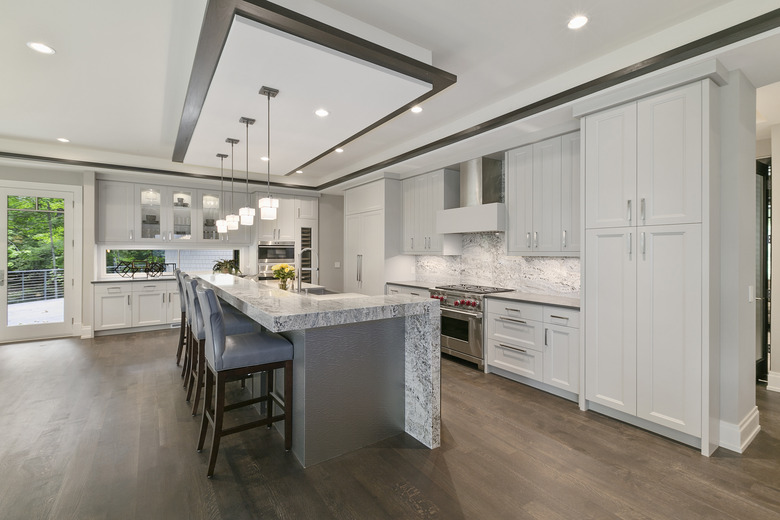What Type Of Light Bulb Doesn't Get Hot?
We may receive a commission on purchases made from links.
LED is your answer. Recent advancements in light bulb technology have resulted in light-emitting diode (LED) bulbs that are the most efficient and long-lasting of any bulb available today. And that means they don't get hot. Well, they do put out a small amount of heat, but their design manages that heat so that the bulb is never hot.
Why LEDs Are the Best Bulb Choice
Why LEDs Are the Best Bulb Choice
Just a short time ago, LEDs used to be quite expensive, prohibitively so for many consumers. Plus, the light they emitted was fairly dim. When that was the case, energy-conscious shoppers were choosing CFL bulbs instead (compact fluorescent lamps). While CFLs were way more efficient than the old-fashioned incandescents, they were bulky and less environmentally friendly as well, with their spiral design and large footprint.
Recent advancements in LED technology have resulted in far more affordable options, and the bulbs have gotten a lot better at preserving the qualities that consumers appreciate about incandescent bulbs, such as warm light and brightness. They last way longer than both incandescents and CFLs, with a life expectancy of over 50,000 hours, on average, compared to 8,000 hours for CFLs and just 750 hours for incandescents. They are far more energy-efficient than incandescents and CFLs, drawing way less power. For example, you can use a 36-watt LED to replace an 84-watt CFL, and you'll get the same amount of light.
And they don't get hot. Here's why: LEDs send an electrical current through semiconductive material, lighting tiny diodes. This does produce some heat, but it's then absorbed into a heat sink at the base of the bulb so that the bulb itself is cool. LEDs don't build up heat, so they don't warm a room and unnecessarily kick on the A/C in the summer.
Heat Comparison Between Bulbs
Heat Comparison Between Bulbs
It's the filament in incandescent and CFL bulbs that generates heat to the point of glowing. This glow creates the light. LED lights do not have a filament to generate light. Because all electrical appliances generate some heat, LEDs do generate heat, but the heat from the heat sink dissipates into the air, keeping the bulb itself cool.
Tests have shown that a 100-watt incandescent light burns at 335.4 degrees Fahrenheit, while a CFL light burns at 179.2 degrees. Compare this to an LED burning at 87.2 degrees.
Incandescent bulbs waste 90 percent of their total energy in heat production rather than creating light. CFLs are way better but still not great; they waste 30 percent of their energy to heat, making them a lot more energy-efficient and less hot than incandescents. LEDs waste only 5 percent of their energy, converting a whopping 95 percent of their output directly to light.
